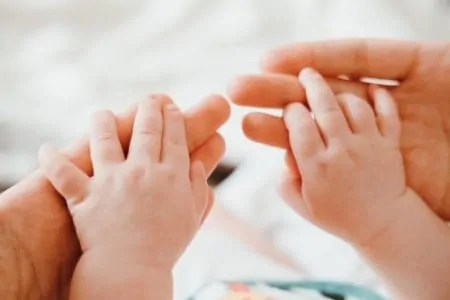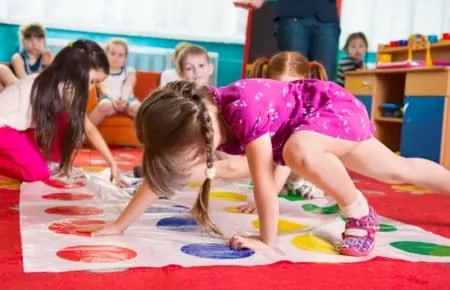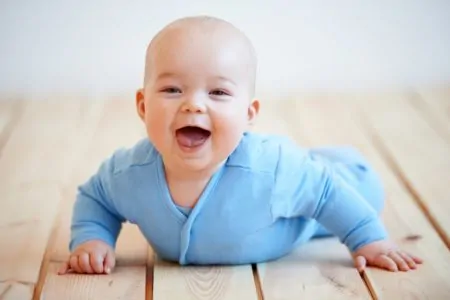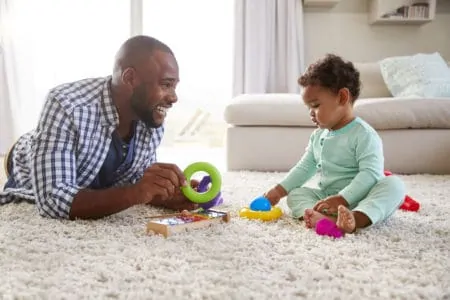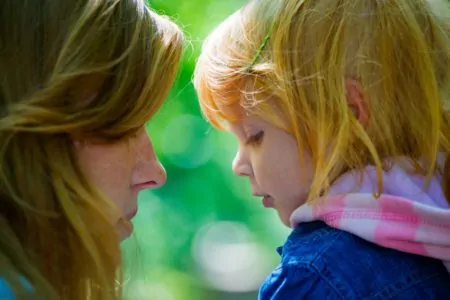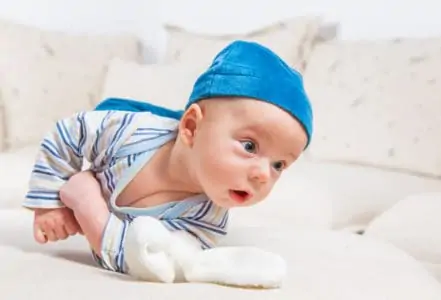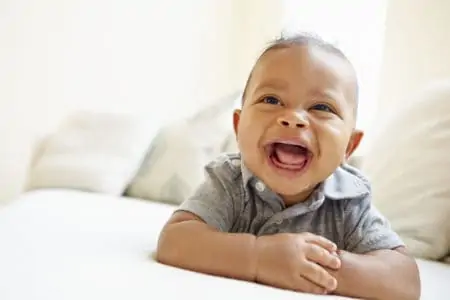You might assume that babies have the same number of bones as adults, just in a smaller package. It sounds logical, right? But here is the wild part: your tiny newborn actually has more bones than you do.
While an average adult skeleton consists of 206 bones, a baby enters the world with roughly 300.
It sounds like a trick question, but it is basic biology. Those extra bones serve a crucial purpose during birth and early development before eventually fusing together to form the adult skeleton we know.
Let’s dig into why babies are so flexible, which bones disappear, and how to keep that growing skeleton healthy.
Key Takeaways
- Babies are born with approximately 300 bones, compared to an adult’s 206.
- Many infant bones are made of cartilage, which allows for flexibility during birth and rapid growth.
- Through a process called ossification, these bones harden and fuse together until about age 25.
- Proper nutrition, specifically Calcium and Vitamin D, is essential for healthy bone development.
How Many Bones Do Babies Have at Birth?
While a fully grown adult has 206 bones, a newborn baby has about 300 bones (1).
If you are wondering how a tiny human fits nearly 100 more bones than a full-grown adult, the answer lies in the composition of the skeleton itself. An infant’s skeleton is not just a miniature version of an adult’s rigid frame; it is a dynamic, growing system designed for survival.
Why Do Babies Have More Bones Than Adults?
Nature is smart. If babies had fully hardened adult skeletons in the womb, birth would be impossible.
Instead, a baby’s skeleton is primarily made of cartilage. This is the same firm but flexible tissue that shapes your ears and nose. This flexibility serves two main purposes:
First, babies need to fit into a cramped space in the womb. Second, they need to be pliable enough to pass through the birth canal. If the skeleton were rigid, the journey into the world would be dangerous for both the mother and the baby (2).
Which Bones Fuse Together?
Babies do not technically have “extra” bones that vanish; they have bone segments that eventually merge. As your child grows, cartilage hardens into bone and separate pieces fuse to create larger, single bones.
Here are the primary areas where this fusion happens:
The Skull
The most famous example is the skull. At birth, the cranium isn’t one solid helmet. It consists of five separate bony plates held together by flexible fibrous sutures (3).
This design allows the plates to overlap and compress slightly during delivery, preventing head trauma. This is also why babies have “soft spots” (fontanelles) on their heads. The posterior fontanelle usually closes within a few months, while the larger anterior fontanelle on top takes 13 to 24 months to fuse (4).
The Spine
The vertebral column also undergoes major changes. In adults, the sacrum (at the base of the spine) is one large triangular bone. In babies, this area is actually five distinct vertebrae that eventually fuse. Similarly, the coccyx (tailbone) starts as four small separate bones.
Arms and Legs
Long bones in the arms and legs start as cartilage shafts. As the child grows, ossification centers develop, eventually turning the cartilage into hard bone. Interestingly, babies are born without bony kneecaps (patellas). They have cartilage kneecaps that do not turn into hard bone until the child is between 2 and 6 years old.
When Do a Baby’s Bones Harden?
The process of cartilage turning into hard bone is called ossification.
It starts in the womb but accelerates after birth. The calcium from breastmilk or formula is critical here, helping soft cartilage transition into a solid structure (5).
However, bones cannot grow once they are fully hardened. To solve this, children have “growth plates” (physis) at the ends of their long bones. These are areas of active cartilage where new bone is generated, lengthening the limb.
The Timeline of Fusion
Generally, the skeletal system matures in stages:
- Early Childhood: The skull sutures fuse, and kneecaps ossify.
- Puberty: Growth plates in girls typically fuse between ages 13 and 15, usually a few years after menstruation begins.
- Late Teens: Boys’ growth plates fuse a bit later, typically after age 17 (6).
- Early Adulthood: The clavicle (collarbone) is often the last to finish developing. By age 25, the entire skeleton is fully hardened, and height growth stops permanently.
Potential Bone Concerns in Infants
Because infant bones are so malleable, they are susceptible to shape changes.
Plagiocephaly (Flat Head Syndrome): Since the skull plates are floating, lying in one position too long can cause a flat spot on the head (7). This is common and usually correctable with “tummy time” and varying holding positions.
Positional Talipes (Clubfoot): Sometimes a baby is born with a foot that looks twisted due to their position in the womb (8). Because the bones are still soft, this often self-resolves or can be gently corrected with stretching as the baby grows.
How to Protect Your Baby’s Bones
Building a strong skeleton starts on day one. The best way to support this process is through nutrition and movement.
Vitamin D and Calcium
Calcium acts as the building block for bones, while Vitamin D helps the body absorb that calcium.
Babies fed formula typically get adequate amounts of both. However, breast milk does not naturally contain high levels of Vitamin D.
Pro Tip
Once your baby starts solids, incorporate calcium-rich foods into their diet:
- Dairy products (yogurt, cheese).
- Leafy greens (spinach, kale, collards).
- Beans and lentils.
- Fortified cereals or tofu.
Be sure to include Vitamin D sources as well (10):
- Fatty fish (salmon, tuna, mackerel).
- Egg yolks.
- Fortified milk or orange juice.
Weight-Bearing Activities
Just like muscles, bones get stronger when they are used. Encouraging gross motor skills helps increase bone density.
For babies, this means plenty of tummy time to strengthen the neck and spine. As they get older, crawling, pulling to stand, and eventually walking (and falling!) puts necessary stress on the bones, signaling them to deposit more calcium and become stronger.
FAQs
Boning Up on Biology
Your baby is an amazing work in progress. Starting with 300 flexible components, their body works tirelessly for two decades to fuse, harden, and remodel that framework into the 206 strong bones of an adult.
By ensuring they get plenty of Vitamin D, calcium, and active play, you are setting the foundation for a lifetime of strength.
